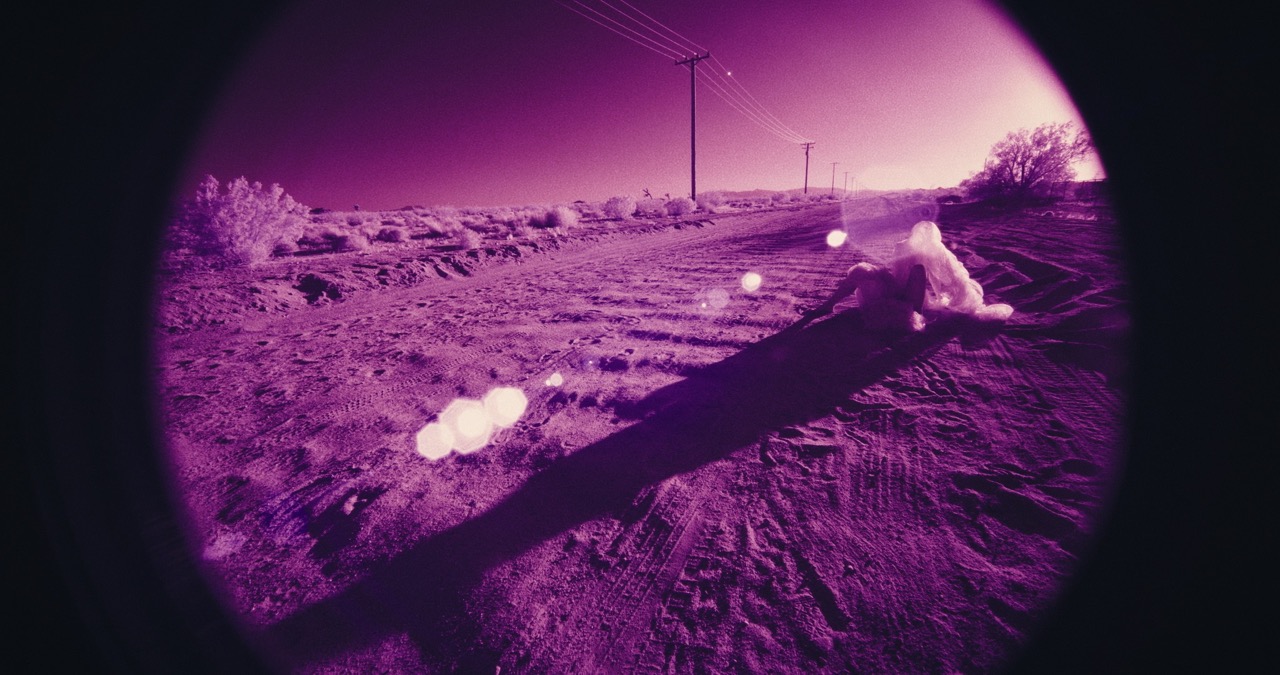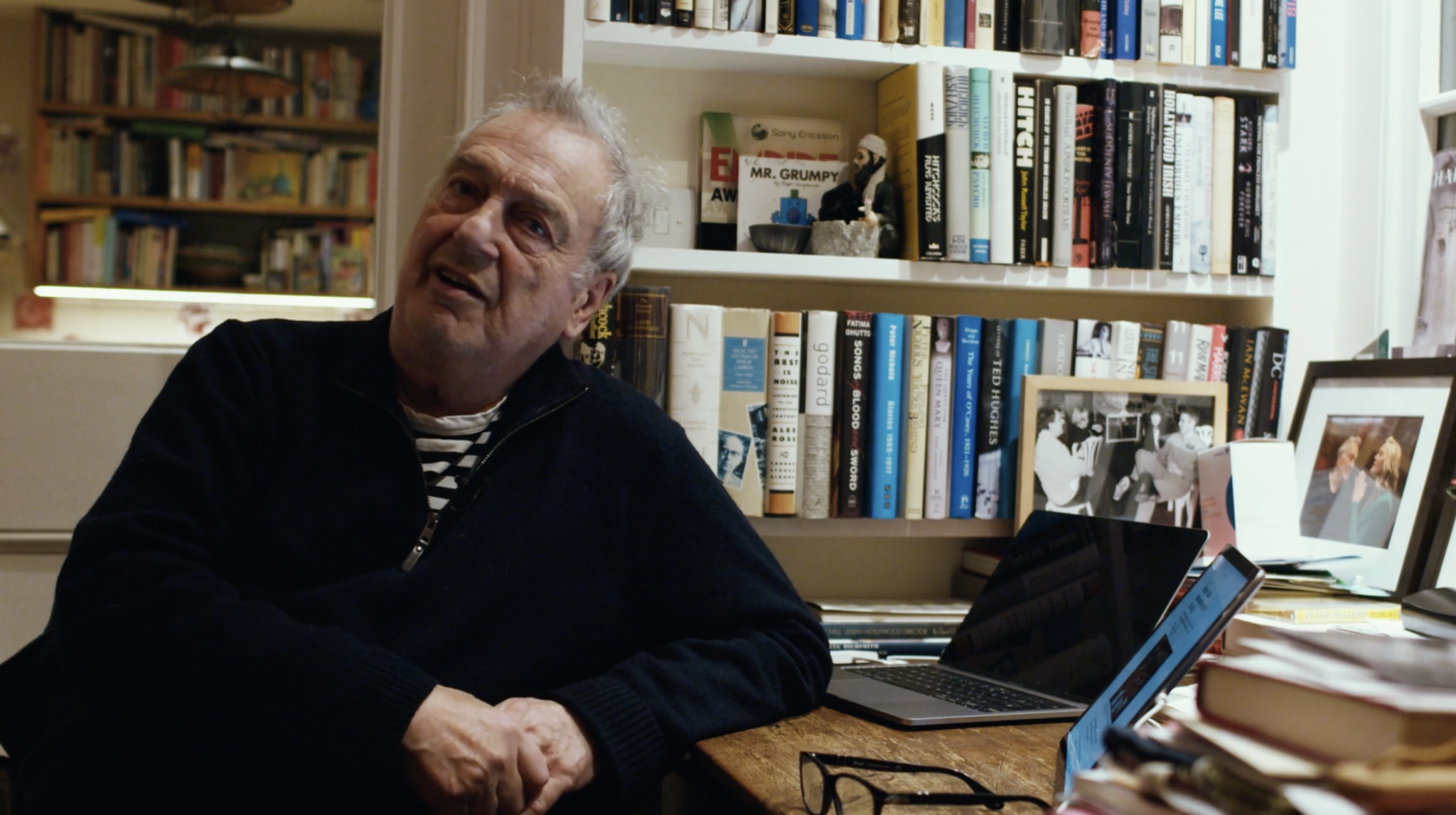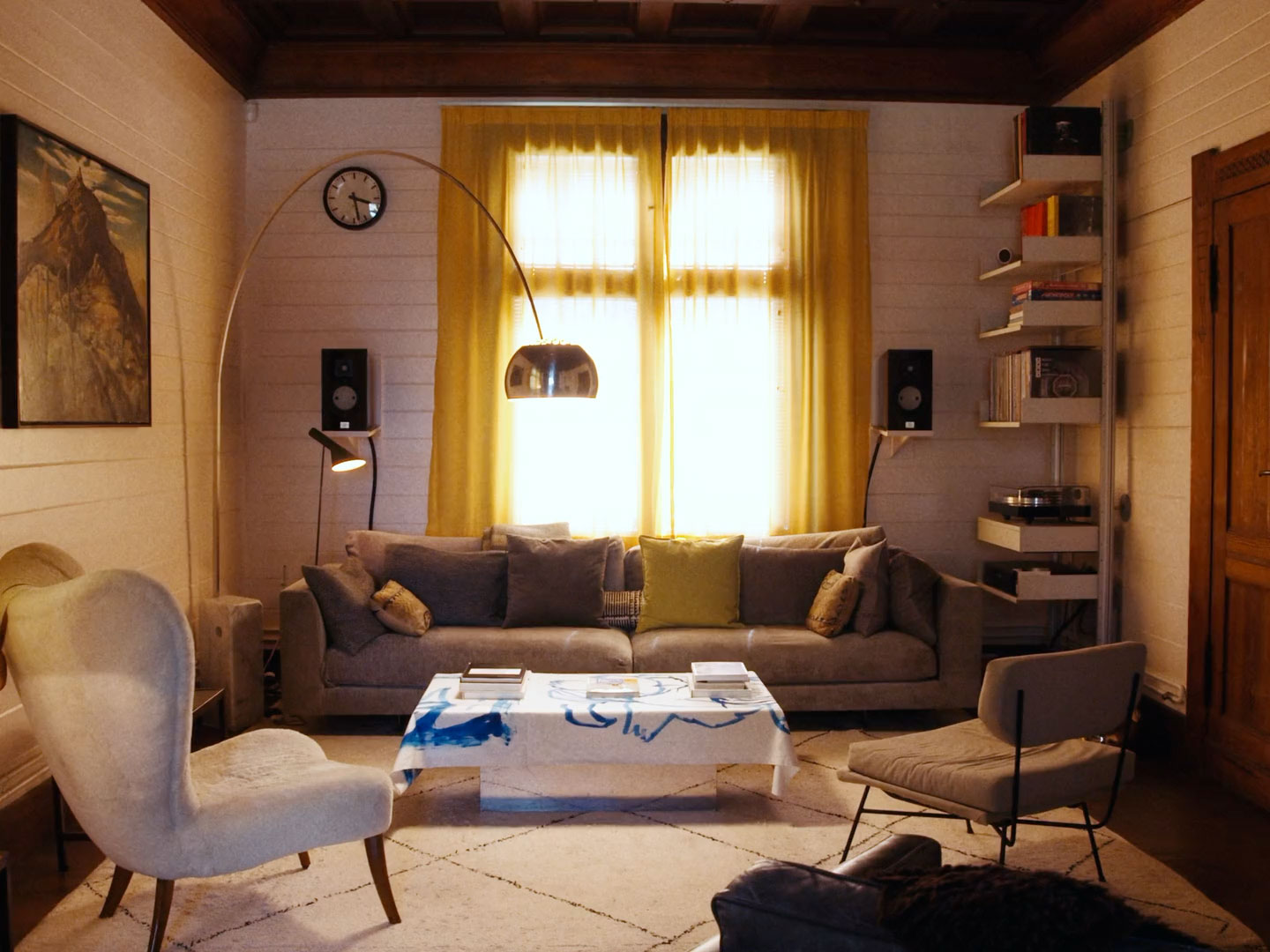
Has any movie represented the terrible, almost existential challenge of hard travel more vehemently and despairingly, than Werner Herzog’s bizarre folie de grandeur from 1982—Fitzcarraldo? Surely no film has created more tragedy and pathos from the simple, anti-gravitational adventure of moving your physical body from point A to point B. For Herzog, it was his journey into a nightmare.
This was the magnificently unreasonable epic about a failed German-Irish entrepreneur and music-lover called Brian Sweeney Fitzgerald, known as Fitzcarraldo, in early twentieth century Peru, obsessed with making a fortune in the rubber business, and yet he is not motivated by gold like the conquistador in Werner Herzog’s earlier film Aguirre: Wrath Of God. He wants to realise his personal dream of building an opera house in the port town of Iquitos.
Fitzcarraldo realises that there is one potentially lucrative area of rubber trees unexploited, because they are inaccessible due to fatal rapids below the tributary’s entry point on Peru’s Ucayali river. But Fitzcarraldo sees that a second tributary, the Pachitea, runs parallel to this dangerous route, bypassing the perilous stretch of water and then coming so close that just a few miles of land lies between them. Bankrolled by his girlfriend Molly (played by Claudia Cardinale) who runs a bordello in Iquitos, all he needs to do is buy a 300-ton steamboat, hire a crew, sail it into position, bring it ashore and then haul it over the hill, down the other side and into the water, from where it would be used to transport the rubber back and forth and make him staggeringly rich.

But how on earth to transport a steamboat across land? Fitzcarraldo at first thinks he can repurpose the train tracks from his earlier abandoned railroad project. But then a second plan presents itself: the indigenous forest tribesmen and tribes-women—otherwise of course a terrifying Conradian threat—can be subdued simply by playing Fitzcarraldo’s beloved Verdi from crackly 78 RPM discs on the windup gramophone placed atop the boat as it motors doggedly upstream. They are awestruck by the music, accept the godlike status of Fitzcarraldo and agree to heave his giant boat across the soil, like slaves building the pyramids. But what will happen if they decide that he and Verdi aren’t gods after all?
Fitzcarraldo, with his imperious manner, grubby white suit, mop of straw hair, china-blue eyes and mouth pursed in fanatical disdain is unforgettably played by Herzog’s favourite leading man, the authentically scary Klaus Kinski, with whom the director‘s love-hate relationship exploded in the punishing filming conditions on location: the unbearable heat, the insects, the snakes, the bad food, the danger and the endless delays.
Herzog had been loosely inspired by the real case of a rubber baron, Carlos Fitzcarrald, who transported a 30-ton boat across a land strip by disassembling it into parts and reassembling it on the other side. Herzog’s fictional mad visionary has a 300-ton boat and he is going to drag the thing across whole. Herzog had no intention of faking it in the studio and there was no CGI in those days. He and his crew went to this remote and dangerous place for real, did this crazy thing for real, hauling a giant boat using indigenous people very much as Fitzcarraldo did, paying them an above-average wage and also subduing them, not with classical music, but with the magic of the movies and the excitement of cinema, and what looks like very much the same colonial entitlement. (The filming location was between the Urubamba and Camisea rivers, while the actual overland journey of Fitzcarraldo’s was between the Mishagua and Caspajhali rivers.)

The ordeal of shooting Fitzcarraldo, which lasted from 1979 to 1981, has become a legend in itself, recorded by the documentary maker Les Blank in his Burden Of Dreams and by Herzog in his published journal-memoir Conquest Of The Useless. His original choice for the lead, Jason Robards, came down with amoebic dysentery and went home where his doctor forbade him to return (and maybe Robards didn’t much feel like arguing). The original part of Fitzcarraldo’s servant was to be played by Mick Jagger who himself abandoned the project. Herzog bowed to the inevitable and asked his old frenemy Klaus Kinski to play Fitzcarraldo and Kinski agreed, though perhaps hurt that he was not first choice. From the very first, he was high-handed and aggressive with almost everyone, always threatening to quit, at one point threatened by Herzog with a shotgun. The crew was positioned near the Equator and were always affected by cross-border skirmishes; their original encampment was burned down; many indigenous people were injured and some reportedly killed, without Herzog—some remarked—being noticeably devastated, then or now. His journals reveal the unending punishment of his location work, but he is always eerily calm.
Herzog has said that only one other person in history was capable of making the film Fitzcarraldo: King Ludwig II of Bavaria: the Wagner-loving creator of fantasy castles. Only Ludwig was crazy enough—and romantic enough.
Perhaps even now the meaning of Fitzcarraldo has not been fully understood. Many things combined to inspire this gloriously reckless artistic sortie into madness. In his journals, Herzog recalls working on the script while a houseguest of Francis Ford Coppola whose own gobsmacking epic Apocalypse Now had just stunned the world: particularly the Wagner-loving helicopter crew who literally airlift Capt Willard’s boat into the river’s entry point to get him in Cambodia. Perhaps Herzog was impressed—and rivalrous—at the war stories of Coppola’s own nightmare of making his film, and how it appeared to be a real-life event to equal the supposed fiction. Did Herzog want his own macho ordeal?
Apart from Apocalypse Now, the movie I think of when I think of Fitzcarraldo is the legendary flop Raise The Titanic from 1980 (starring Jason Robards, as it happens) about an extraordinary plan to bring the Titanic wreck to the surface, a box-office disaster now only remembered for producer Lew Grade’s acid quip that it would have been “cheaper to lower the Atlantic.” But again, that Sisyphean struggle, reversing the Titanic sinking, is not unlike Fitzcarraldo’s struggle, or Herzog’s.

Just think about that single crazy image of travel. The steamboat on land, effectively trying to journey through the wrong medium. Something to rival Plato’s ‘Ship of Fools’ allegory in The Republic, immortalised by Hieronymus Bosch’s illustration in Sebastian Brant’s fifteenth-century poem. Cinema as an artform is compelling at least partly because it abolishes the limitations of time and space and all the grinding pain of travel, of which the ship on land image is the extremest example. The origin-destination gap can be closed up in the cinema. Getting from London to New York, or from Earth to Mars, or from Iquito to the Pachinea Basin, can be agony in real life; in the movies it can be achieved with a single cut.
The ship on land in Fitzcarraldo is the brutally tactless rebuke to this. And it says something about our human aspiration simply to be somewhere other than we are now. Close your eyes and yearn for your fantasy destination: to be on a paradise island, or wildflower meadow, or luxurious mansion. The steamboat of your mind can take you there immediately. Yet getting there in real life means getting that steamboat over the unyielding stony soil of time and space. The steamboat of the human soul is tragicomically marooned.
But these things are not entirely impossible. The thrill of watching Fitzcarraldo is not feeling contempt for his hubris—but excitement at what he comes close to achieving. After all: that’s how great things are achieved at the very beginning, by people with the mad audacity to do something out of the ordinary. Of course politics and economics rear their heads. Fitzcarraldo needs slave labour and the slaves will only put up with it for a certain amount of time. The fact that he only wants all this, not to be rich, but to build an opera house and exalt art and humanity—this is redemptive to some degree. But it also makes it even more madly overreaching and Icarus-like. What an amazing example of cinematic travel: an extraordinary journey, for Fitzcarraldo and for us.













